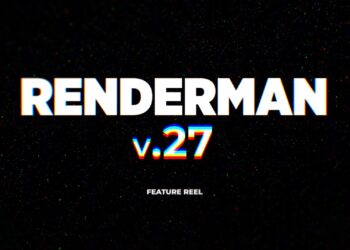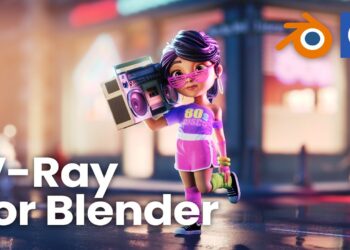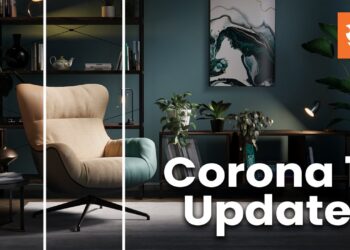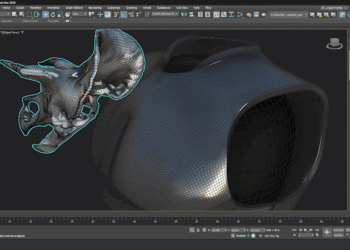New features in RandomControl’s hybrid-accelerated and physically-based renderer include:
– Faster speed, better noise – Noise convergence has been improved. The grain is finer and denser, the sampling more uniform. Arion now renders cleaner in less time. Noise during real-time navigation has also been improved.
– GPU-supported Sub-Surface Scattering
– Single-Sheet Sub-Surface Scattering – enables you to render efficient lamp shades, leaves and vegetation in general, occlusion screens, etc. S5 is now compatible with roughness and dielectric transmission as well.
– Participating media
– Fog can be used in many situations to improve the realism of your scene by adding dust in the air. For example a high asymmetry will give you very ‘focused’ fog that will look like glowing almost (like the red lights bike render), while a negative asymmetry will randomize the light scattering and make your scene look backlit by the fog.
– Mapped emitters
– Emitters can now be color and opacity mapped, and thanks to the new CUDA 4, it’s not any slower than plain color emitters. Fireplaces, TV-set screens, mapped candle flames, etc., are no longer a problem.
– Real world emitter units – Watts, Lumens, Candela, lux and luminance are supported, as well as efficacy when applicable.
– Coated reflections
– Plastic coatings: in a traditional material to add a reflection, you would have added a second layer and played with the weight of layer 1 and 2 to get it right. Thanks to the coatings, you can now do that within a single layer.
– Rough dielectrics – Rough dielectrics (like frosted glass) objects will render fast with any emitter size, with internal reflections and caustics.
– Improved physical sky
– Draft engine
– This kernel is useful to setup a scene and navigate really fast, but it’s capable of delivering final production quality in many cases as well.
– BRDF 2.0 – The new RandomControl BRDF version 2.0 eliminates energy loss without any compensation or patching. Our model ensures that your renders always look like they should, providing vivid, true-to-life light simulation.
– Dielectrics improvements – Allows for proper interface between various dielectrics and indices of refraction. With the enhanced total number of bounces, it’s now possible to render anything that involves many transparent objects seen through each other.
– Stereoscopy in the viewport – Arion supports anaglyph-based stereoscopy inside its live viewport.
More at RandomControl.





